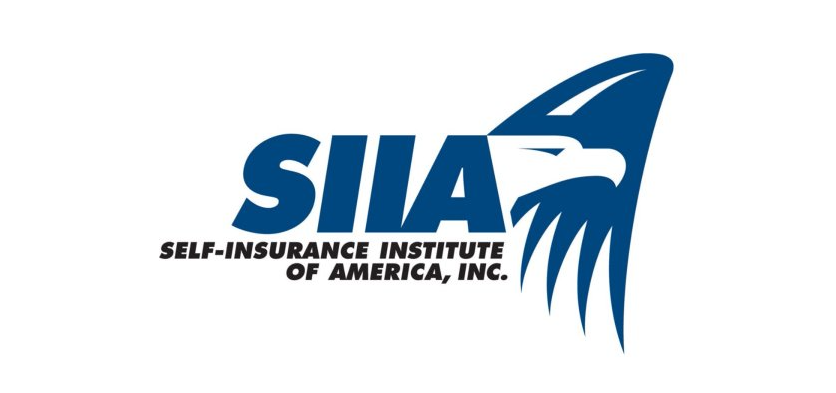The Weight of GLP-1 Medications:
What Employers Need to Know About Plan Spending
The rise of GLP-1 receptor agonists, such as Ozempic and Wegovy, has transformed the treatment landscape for diabetes and obesity. However, these medications come with significant financial implications for employer-sponsored health plans. With prescription drug spending increasing 9.9% in 2024 and projected to rise by an additional 8% in 2025, managing the cost impact of GLP-1 medications is more critical than ever (Reuters).
Rising Prescription Costs
Outpatient prescription drug costs continued to climb in 2024, with specialty drugs like GLP-1 medications driving over 55% of pharmacy spending (Segal Trend Survey). Initially developed for diabetes, GLP-1s are now widely prescribed for weight management, averaging over $1,300 per month. These drugs, originally developed for diabetes, are increasingly prescribed for obesity management, further driving costs. GLP-1s already account for more than $38 billion in annual spend. Utilization is likely to increase as approval to treat more indications for conditions such as sleep apnea, Alzheimer’s, and psoriasis are being explored.
Employer Trends in Coverage
The decision to cover GLP-1 medications remains challenging for employers. While some have expanded coverage to meet employee demand, many hesitate due to the substantial cost burden. Large employers covering anti-obesity medications increased marginally, while very large employers (20,000+ employees) demonstrated a more significant rise (BenefitsPro).
Despite these increases, a substantial number of employers remain hesitant to include these medications in their health plans, primarily due to cost concerns.
Considerations for Employers
When deciding on coverage for GLP-1 medications, employers should evaluate:
- Cost-Benefit Analysis: Assess the potential long-term healthcare savings from weight-related health improvements against the immediate costs of the medications.
- Coverage Criteria: Implementing prior authorization, setting parameters around coverage, and clinical management programs can help ensure appropriate use and manage expenses.
- Employee Demand and Health Outcomes: Understanding employee interest and the potential benefits in terms of productivity and reduced absenteeism is crucial.
Balancing Cost and Care
GLP-1 medications highlight the dual challenge of advancing patient care while managing rising costs. Employers must carefully evaluate their coverage policies to balance health outcomes with fiscal responsibility.
Prescription drug costs are expected to remain a significant component of overall healthcare spending, so developing forward-thinking strategies will be essential. For additional insights, explore resources from Segal, BenefitsPro, Reuters, and GlobalData.
Supporting Our Plan Sponsors
TrueScripts is committed to empowering plan sponsors with strategies that balance member health and financial sustainability. Our support includes educating sponsors on the clinical and economic impact of GLP-1 medications through transparent reporting and analytics. Our team offers consultative services to design benefit plans that mitigate the cost burden while prioritizing member outcomes. We also continuously monitor the prescription landscape to adapt strategies and ensure optimal plan performance for our plan sponsors.










